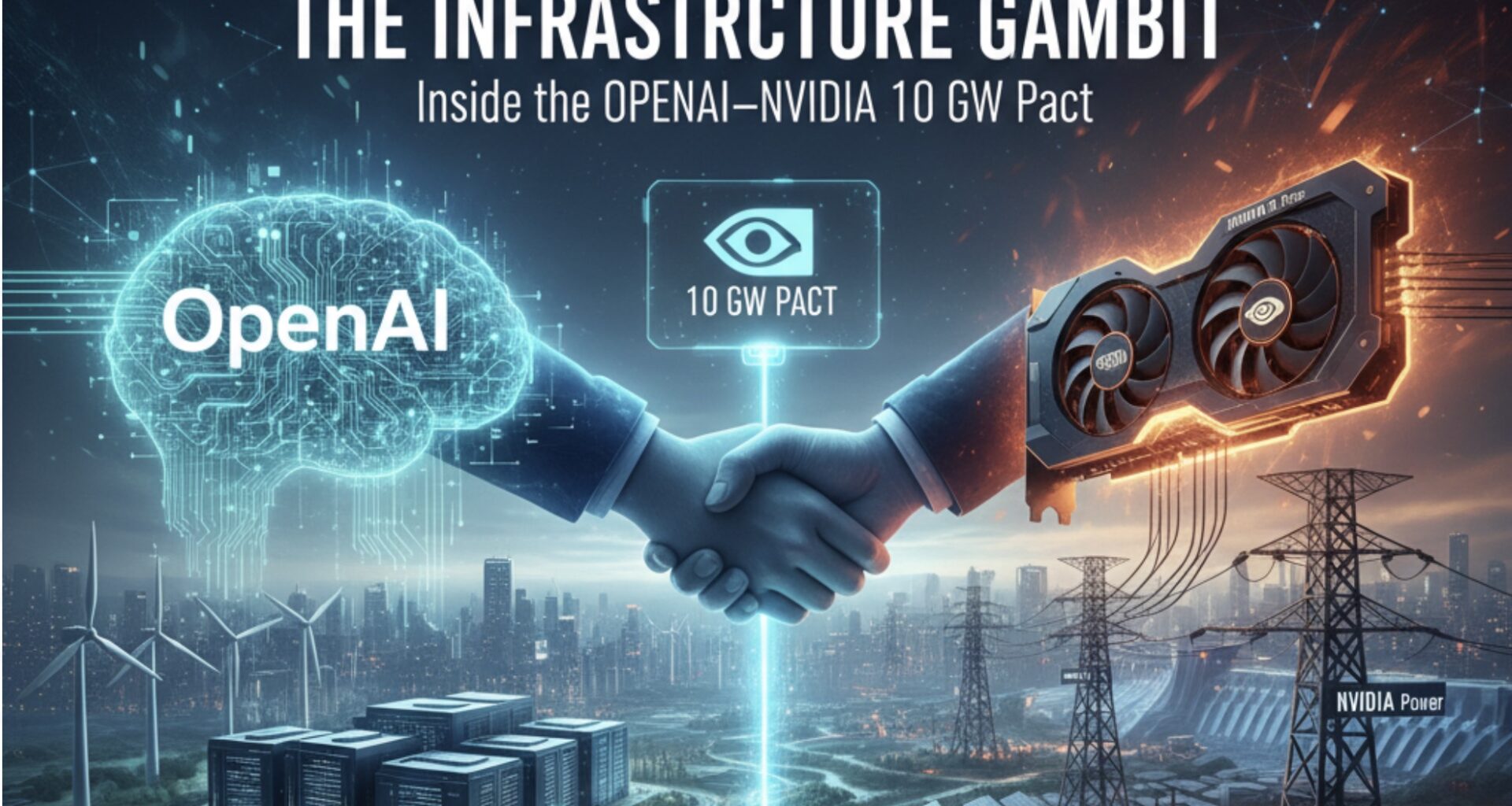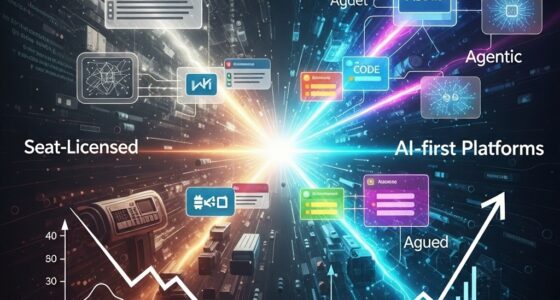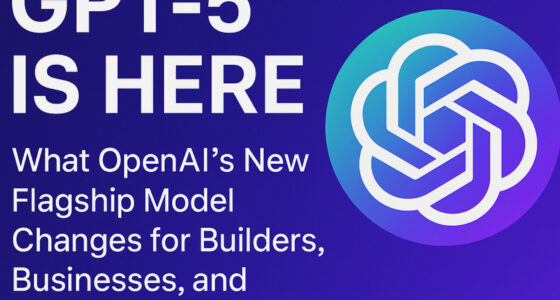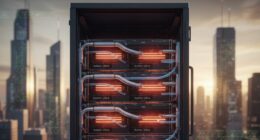OpenAI and NVIDIA have formalized one of the largest infrastructure collaborations in technology history—a 10 GW AI data-center pact backed by an estimated $100 billion investment.
This agreement marks the dawn of the AI grid era, where compute capacity rivals national utilities. NVIDIA’s new Vera Rubin platform, designed for high-density training clusters, will power OpenAI’s next generation of models. The first gigawatt facility is planned for late 2026, signaling a massive expansion in AI training throughput.
But power is the new bottleneck. As OpenAI races to train models with trillion-parameter complexity, energy generation, cooling systems, and fiber interconnects will become the ultimate constraints. NVIDIA’s move into financing and grid-level design shows that AI compute is now an energy industry.
This strategic alignment ensures that NVIDIA remains indispensable across every layer of the stack—hardware, software, and infrastructure—while giving OpenAI the autonomy to build at planetary scale.
Key Takeaway
The OpenAI–NVIDIA alliance is not just a hardware story—it’s the blueprint for the world’s first AI-native energy ecosystem, redefining what a data center means in the 2030s.









